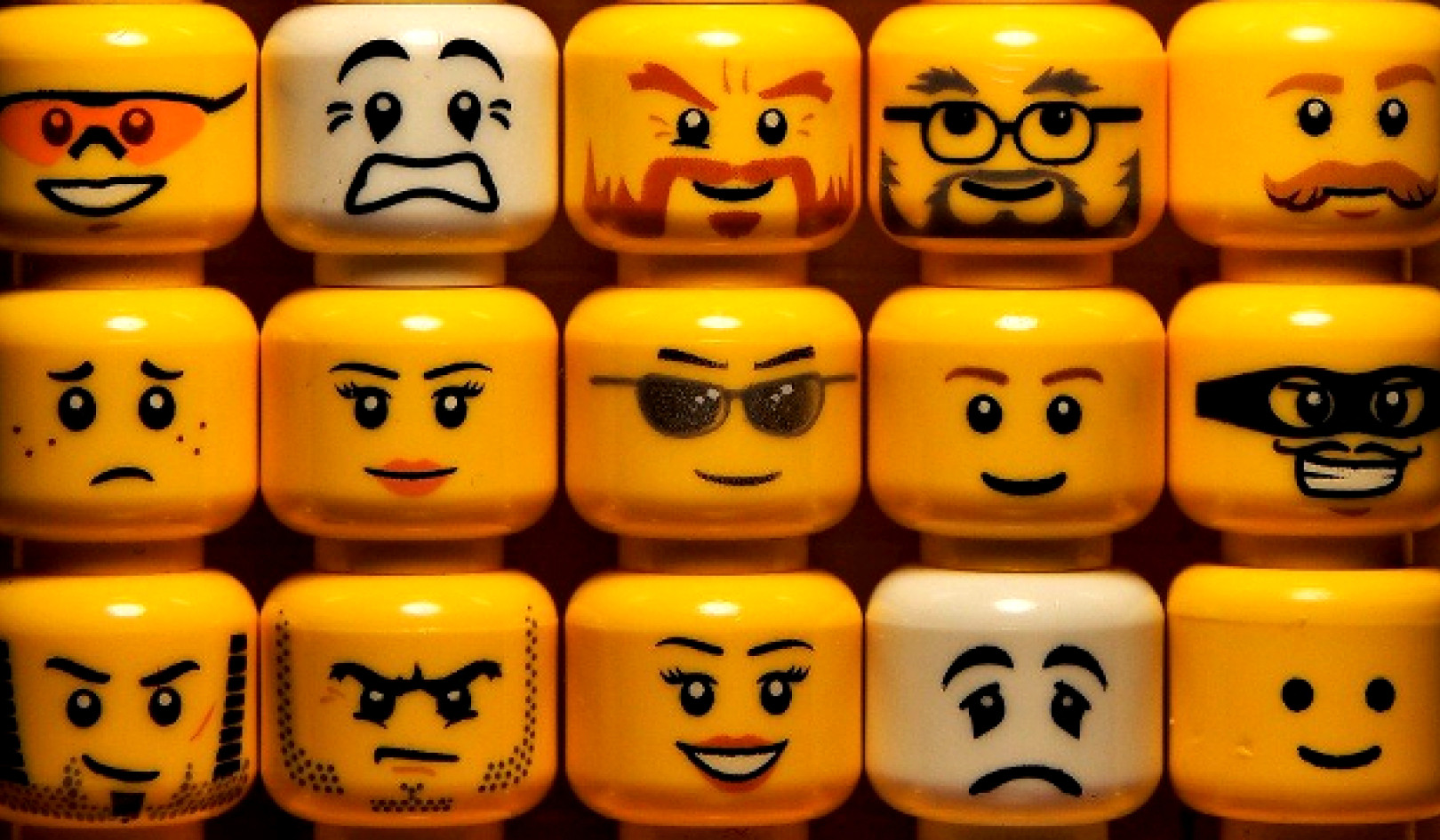At one point the Course In Miracles says: At no single instant does the body exist at all. (T:362; T-18. VIII. 3:1.) On the surface of things, this sentence does not seem to make sense, for if there is one thing that seems obvious it is our bodies. But you might notice right away that we say our bodies as though we are the 'possessors' of the body and not the body itself.
Let me suggest an analogy that may be helpful, namely, that not for a moment does your car exist. We could take this further and say that not even for a moment does the world exist, but we'll start with a smaller object.
Is A Car Alive?
Now, certainly a car — made of metal with seats inside, a motor in front and wheels on four corners, used for locomotion so that we can drive our bodies around in this world — that object does seem to exist. We even talk about the "life of a car", meaning the number of years the car will be able to function until it is no longer capable of carrying us about.
French Jesuit Priest Pierre Teilhard de Chardin felt that one of the definitions of life was that it was something that "moved". He felt that all things had life, because all things are made up of atoms that themselves are made up of electrons and neutrons "moving" around each other in space. Given that atoms move, they must have some "inner" energy that makes them move.
If we were looking at this earth through a gigantic telescope from a planet a great distance away, it might look as though there were car-like beings that drove around the planet on paths that have been laid out for them. It would seem as though they move about with some meaningful and purposeful motion.
We would notice a number of different races, clans, or tribes of cars along with the great variation in size, shape and apparent function of each. We might also notice certain special classes of cars that have the ability to fly through the air, float on the water, even swim underwater. We might notice further that these cars eat or drink some sort of liquid that apparently gives them energy. At times they seem to rest. At some point, they also seem to die. Now when a car "dies" — when it is no longer capable of locomotion — then its usefulness is over. The car is then taken to a graveyard where in time it is put into a great crushing machine. The resultant block of metal is placed into a huge melting pot where the steel is separated from the aluminum, the dross is burned off, the remaining steel is mixed with other steel, and the whole thing gets recycled into a sheet of metal that may find its way back into another car. As a matter of fact, cars are the most recycled of all products.
The material thing in and of itself is not what constitutes life. Although we may in fact say, "my car died", we have no trouble understanding that the car itself was never really "alive" at all. Strange as the idea may seem, could it possibly be the same with our bodies?
Are Our Bodies Alive?
We "drive" our bodies around for a while, and they, too, begin to age. I remember listening to Dr. Joseph Campbell talking about reaching old age. He said it was like having an old car. You begin to notice that the gears are shifting more slowly, a fender gets crumpled, the tailpipe begins to drag, and in general there is less get-up-and-go. Campbell described experiencing himself more and more as the consciousness that was animating a body and not as the body itself. It is possible, of course, to keep our cars in good shape for a long time with proper care. We can replace dented fenders, get tune-ups, and improve the overall look and performance of the car.
In the same way we can have facelifts and other operations to improve the overall look of the body. And the length of time we spend in the body may well be correlative to the way we take care of it. We would not put lemonade in the gas tank of our car nor would we put gasoline into our bodies and expect either of them to run very well. We have learned that there are certain lubricants that are better than others for the running of a car, just as there are certain foods that are better than others for the maintenance of the body. It is perhaps surprising that some of us seem to give more or better attention to the proper health care and maintenance of our cars than we do to the maintenance of our bodies.
Once the usefulness of a car is over and it has been melted down again, you might ask: Did that car ever exist at all? It did seem to exist for a while. It even appeared to have a brain. That is, there was something that made it go in one direction and then another. Once upon a time it seemed to have a life and now it no longer has it. Likewise, there once was someone you thought of as your great-great-grandmother. That being as a bodily entity certainly does not exist any more. Indeed, the carbon atoms that made up that body no longer exist as they once did. And it does not matter that they no longer exist.
With Spirit, There Is Only Life
Our bodies have no more life than do our cars. They simply represent temporary manifestations of highly complex forms of carbon that have the power of locomotion. Yet the Course says that life is not of the body. There is therefore no death, for that which was not alive in the first place cannot die.
It's easy to get caught up in the life of the body. It is easy to get caught in the life of the ego as though that life was somehow what is real. The Course tries to help us to see that there is indeed a real life, but it has nothing do with our bodies. Ken Wapnick likes to use the analogy of a puppet to describe the body. If you watch a puppet moving around on a stage, it seems as though the puppet has life, yet we know that there is no life in the puppet. Someone is pulling the strings.
It is Spirit that is alive — the only thing that really is alive — not the body itself. The mind, in the terms of the Course, is the activating agent of Spirit. You cannot die for there is only life. The carbon atoms that make up the body will one day be recycled into the earth as surely as the metal in our cars is recycled and turned back into steel. But nothing at all will have happened to you.
According to the Course the creations of God are indestructible. The body is obviously destructible. However, that which is eternal cannot be destroyed. While material objects clearly can be destroyed, Spirit cannot.
This article was excerpted from:
Awaken to Your Own Call
by Jon Mundy.
About The Author
Jon Mundy is a Methodist clergyman, co-founder of the Interfaith Fellowship and a professor of Religion at Mercy College. The above was excerpted with permission from his book, "Awaken To Your Own Call", 1891994, published by The Crossroad Publishing Company, 370 Lexington Ave., New York, NY 10017. Jon can be reached at: 459C Carol Drive, Monroe, NY 10950.




























